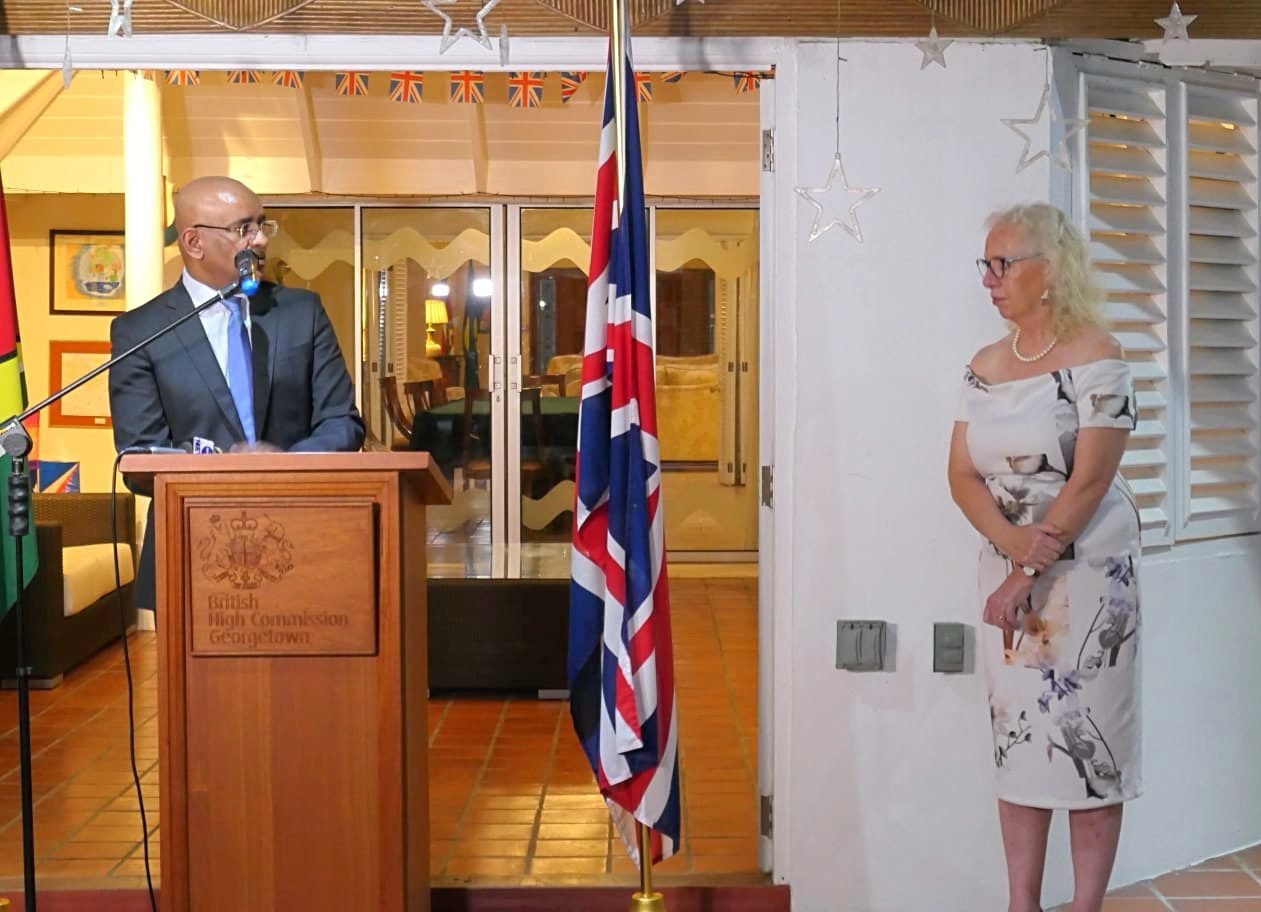Guyana’s Vice President Dr. Bharrat Jagdeo said he expects a battle to get the blue economy recognised on the same level in global climate talks as has been achieved with forests.
He explained that many developing countries have been trying to get the concept of the blue economy into the lexicon of the United Nations Framework Convention on Climate Change (UNFCCC) process. In tandem with this, he explained, is the quest to ensure there are provisions for the role the blue economy has in the fight against climate change.
But even on forests, the senior government official explained that it was accepted decades ago that deforestation, forest degradation and land degradation contributed about 16-20% of greenhouse gas emissions.
“Yet, it took us almost two decades to get the world to start recognizing that they have to pay for this mitigation option and just recently, we saw the successes we’ve had in that regard,” The Vice President said, referring to the certification of Guyana’s own carbon credits by the Architecture for REDD+ Transactions (ART).
He made the comments during a ceremony at the residence of the United Kingdom High Commissioner to Guyana, in Georgetown, held to commemorate the completion of a national Maritime Economy Plan for Guyana.
According to the plan, the Blue Economy includes economic activities that rely directly or indirectly on the ocean’s existence. It includes traditional sectors such as oil and gas, shipping and ports, fisheries and aquaculture, tourism, and aggregates. There are also emerging sectors being considered part of the blue economy, such as energy storage, biopharma, eco-tourism and deep-sea minerals.
In its Low Carbon Development Strategy (LCDS) 2030, the Guyana government said it recognises that if the resources are collectively harnessed, the ocean offers a new frontier for economic development for the benefit of citizens. It said the emphasis will be on sustainability and exploring new opportunities that will include tourism; expanding carbon sequestration and ecosystem opportunities in mangroves; sustainably managing fisheries stock; expanding the shipping and logistics sector and exploring greater sovereignty via connectivity.
The Maritime Economy Plan provides an overview of the existing maritime economy in Guyana, establishes priorities and actions it can take.
Jagdeo said the government sees the maritime economy as potent in terms of what it can contribute to Guyana’s development, and that it is approaching the execution of the Plan from this perspective.
The Plan was a collaboration between Guyana and the United Kingdom. The Commonwealth Marine Economies (CME) Programme, functional in the period 2016-2022, was the instrument used by the United Kingdom to support the development of the Maritime Economy Plan for Guyana. Altogether, CME was purposed to support 17 Caribbean and Pacific Small Island Developing States (SIDS) in conserving their marine environments and capitalising on their marine resources for economic development.



